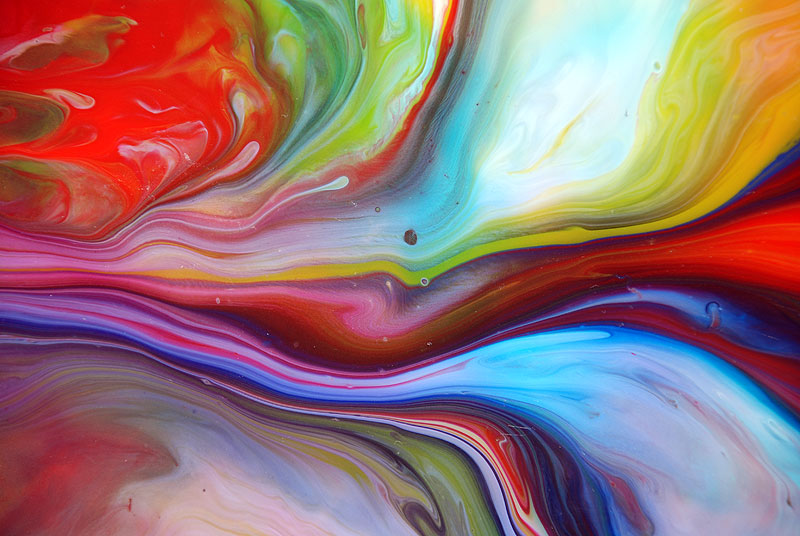Art has the remarkable ability to transcend time, leaving an indelible mark on the hearts and minds of viewers for generations to come. In this article, we embark on a journey through the annals of art history, unveiling a showcase of timeless masterpieces that continue to captivate and inspire audiences around the world. From the Renaissance to the present day, each painting tells a story, offering a glimpse into the rich tapestry of human creativity and expression.
Introduction: The Eternal Beauty of Masterpieces
Masterpieces are not merely paintings; they are windows into the soul of humanity, capturing moments of profound insight, emotion, and beauty. These timeless works of art, created by masterful hands and visionary minds, stand as testaments to the enduring power of creativity and imagination. In this showcase of masterpieces, we celebrate the artists who have shaped our cultural heritage and enriched our lives with their extraordinary talents.
Renaissance Revelations: The Birth of Modern Art
The Renaissance was a period of unparalleled innovation and creativity, marking the rebirth of classical ideals and the emergence of modern art. Painters like Leonardo da Vinci, Michelangelo, and Raphael ushered in a new era of artistic excellence, revolutionizing the way we perceive the world and our place within it. Leonardo’s “Mona Lisa” is perhaps the most iconic painting of the Renaissance, with her enigmatic smile captivating viewers for centuries.
Michelangelo’s “The Creation of Adam,” adorning the ceiling of the Sistine Chapel, is a sublime masterpiece that speaks to the divine spark within all of us. Raphael’s “The School of Athens” is a celebration of knowledge, wisdom, and the pursuit of truth, featuring an array of luminaries from the ancient world.
Baroque Brilliance: Drama, Emotion, and Splendor
The Baroque era was characterized by a dramatic and emotional style, with artists like Caravaggio, Rembrandt, and Velázquez pushing the boundaries of artistic expression. Caravaggio’s chiaroscuro technique, with its stark contrasts of light and shadow, imbued his paintings with a sense of theatricality and intensity.
Rembrandt’s portraits, with their rich textures and intimate insights, offer a glimpse into the inner lives of his subjects. Velázquez’s “Las Meninas” is a masterful exploration of perspective and composition, inviting viewers to ponder the relationship between art, reality, and illusion.
Rococo Romance: Elegance, Grace, and Frivolity
The Rococo period was a time of elegance, grace, and frivolity, with artists like François Boucher, Jean-Honoré Fragonard, and Jean-Antoine Watteau embracing themes of love, pleasure, and sensuality. Boucher’s idyllic pastoral scenes, with their soft colors and delicate brushwork, evoke a sense of innocence and charm.
Fragonard’s “The Swing” captures the playful romance of the era, with its whimsical composition and hidden eroticism. Watteau’s “Pilgrimage to Cythera” is a vision of beauty and grace, transporting viewers to a mythical realm of love and desire.
Romantic Reverie: Nature, Emotion, and Imagination
The Romantic era was a time of introspection, emotion, and imagination, with artists like Caspar David Friedrich, Eugène Delacroix, and J.M.W. Turner embracing the sublime beauty of nature and the power of the human spirit.
Friedrich’s landscapes, with their brooding skies and solitary figures, evoke a sense of awe and wonder in the face of the vastness of the natural world. Delacroix’s “Liberty Leading the People” is a stirring depiction of revolution and freedom, capturing the tumultuous spirit of the age. Turner’s seascapes, with their luminous colors and swirling forms, convey the raw power and beauty of the ocean.
Impressionist Innovations: Light, Color, and Perception
The Impressionist movement revolutionized the way we perceive art, with painters like Claude Monet, Pierre-Auguste Renoir, and Edgar Degas capturing the fleeting effects of light and color in their works. Monet’s “Impression, Sunrise” gave rise to the name of the movement itself, with its vibrant colors and loose brushwork evoking a sense of spontaneity and immediacy.
Renoir’s “Luncheon of the Boating Party” is a celebration of leisure and pleasure, with its lively depiction of friends enjoying a day by the river. Degas’s “The Dance Class” offers a glimpse into the world of ballet, with its dynamic composition and intimate portrayal of dancers in rehearsal.
Modern Marvels: Cubism, Surrealism, and Beyond
In the 20th century, artists continued to push the boundaries of artistic expression, with movements like Cubism, Surrealism, and Abstract Expressionism redefining the very nature of painting itself. Pablo Picasso’s “Les Demoiselles d’Avignon” is a seminal work of Cubism, with its fragmented forms and fractured perspectives challenging viewers to see the world in new ways.
Salvador Dalí’s “The Persistence of Memory” is a surreal masterpiece that defies logic and reason, with its melting clocks and dreamlike landscapes. Jackson Pollock’s “Number 1A, 1948” is an iconic example of Abstract Expressionism, with its bold drips and splatters of paint embodying the energy and spontaneity of the artist’s process.
Conclusion: The Enduring Legacy of Masterpieces
As we conclude our journey through this showcase of timeless paintings, we are reminded of the enduring legacy of masterpieces and the profound impact they continue to have on our lives. From the Renaissance to the present day, these works of art serve as windows into the soul of humanity, offering insights into our shared history, culture, and humanity. As we marvel at their beauty and brilliance, let us continue to cherish and celebrate the transformative power of art in all its forms.

